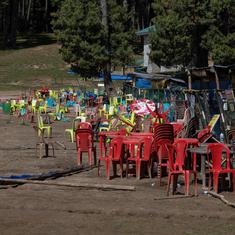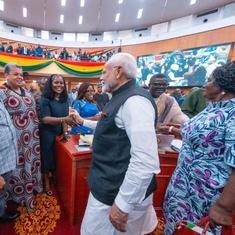On November 12, 1969, American investigative journalist Seymour Hersh broke the My Lai massacre story through the Associated Press wire service. The mass murder of a little over 500 unarmed civilians by American soldiers during the Vietnam conflict took place in My Lai on March 16, 1968. Hersh broke the story over a year and a half later, and its subsequent coverage in the American media is credited with having eroded public support for the government’s involvement in Vietnam.
Hersh received the Pulitzer Prize in 1970 for International Reporting for his expose. He revisited the site for the New Yorker magazine in March 2015. “The My Lai massacre was a pivotal moment in that misbegotten war: an American contingent of about a hundred soldiers, known as Charlie Company, having received poor intelligence, and thinking that they would encounter Vietcong troops or sympathizers, discovered only a peaceful village at breakfast,” he writes. “Nevertheless, the soldiers of Charlie Company raped women, burned houses, and turned their M-16s on the unarmed civilians of My Lai.”
Of the 26 soldiers who were later charged for one of the worst wartime crimes in history, only Lieutenant William Calley Jr served a three-and- half-year sentence under house arrest. One of the earliest films about the massacre was made in 1971 by Joseph Strick. The acclaimed filmmaker asks tough questions: did the training embolden the soldiers? Were civilians harassed, and why? What did the Company commander tell the soldiers on the night before the massacre? “We had a chance to get back for some of the guys we were lost in the area,” one of the five soldiers says. Another says, “It was going to be a free for all, you could shoot anything you want, anything that moves, as long as it’s not one of your own.”










